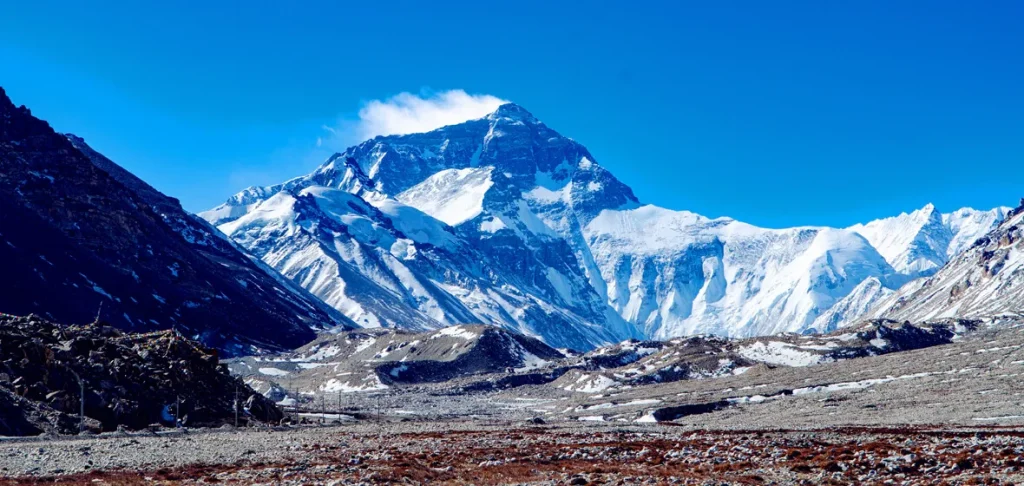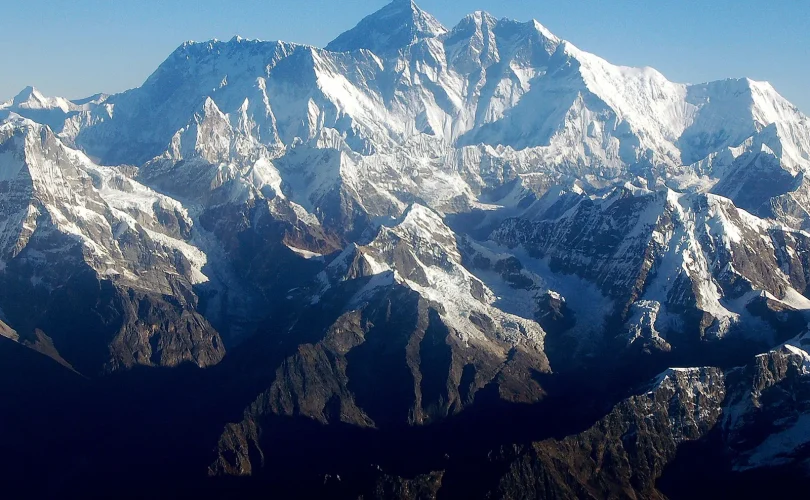Mount Everest, also known in Nepal as Sagarmatha and in Tibet as Chomolungma, is Earth’s highest mountain. It is located in the Mahalangur Himal sub-range of the Himalayas. The international border between China and Nepal runs across Everest’s summit point. Its peak is 8,848 meters (29,029 ft) above sea level!
Climbing Mount Everest is an experience that is unlike any other. For many, it is a lifelong dream to summit the world’s tallest mountain. The journey to the top is an arduous one, and it is not for the faint of heart. But those who brave the elements and reach the summit are rewarded with truly breathtaking views. The first step in climbing Mount Everest is to obtain a permit from the Nepalese government. This can be a lengthy and a HellSpin, but, it is necessary to climb the mountain. Once you have your permit, the next step is to find a reputable guide and outfitter. Many companies offer guided climbs of Everest, and it is important to do your research to make sure you are choosing a reputable one. Once you have your guide and outfitter sorted, it’s time to start preparing for your climb. You will need to undergo rigorous physical training to make sure you are in peak condition for the climb. You will also need to acclimatize to the high altitudes by spending time at lower elevations before attempting to summit. When you finally reach Everest base camp, it is time to start the climb. The ascent of the mountain is broken up into stages, with camps set up at different elevations along the way. The higher you climb, the more challenging the conditions become. You will face strong winds, sub-zero temperatures, and thin air. But with determination and a bit of luck, you will eventually reach the summit of Mount Everest.

Assuming you would like tips for successfully climbing Mount Everest:
1. Choose the right gear- You need proper clothing and equipment to protect you from the cold and wind.
2. Train physically and mentally- It is a long and difficult journey to the top of Everest. You need to be in good shape physically and mentally to make the trek.
3. Hire a reputable guide- A guide can help you navigate the route and make sure you are prepared for the climb.
4. Know your limits- Everest is a challenging mountain to climb. Be honest with yourself about your abilities and don’t push yourself beyond your limits.
5. Be prepared for anything- The weather on Everest can change quickly and unexpectedly. Be prepared for all conditions and be ready to turn back if the weather gets too bad.
6. Don’t forget to acclimatize- It is important to give your body time to adjust to the altitude. Climb high and sleep low to help your body acclimatize.
7. Be patient- The journey to the top of Everest is a long one. Be patient and take your time.
8. Summit day is not the time to push your limits- On summit day, you will be tired and the conditions will be difficult. Don’t try to push your limits on this day.
9. Descend safely- The descent from Everest is just as difficult as the ascent. Be careful and take your time.
10. Celebrate your accomplishment
One of the most popular mountaineering destinations in the world is also one of the most dangerous. Mount Everest, the tallest mountain on Earth, has claimed the lives of over 200 climbers since it was first summited in 1953. While most of these deaths have occurred due to avalanches, falls, or exposure to the elements, some have been the result of horrific accidents or attacks. In 1996, for example, eight climbers were killed and several others injured when an earthquake triggered an avalanche on the mountain. In 2014, an avalanche killed 16 Nepalese guides, the deadliest single day on the mountain. And in 2017, a group of climbers was attacked by masked men armed with knives, resulting in the death of one climber and the rape of another. These stories serve as a reminder of the dangers of mountaineering, even on a mountain as popular as Everest.
While the rewards of summiting the world’s tallest peak may be great, so too are the risks.






